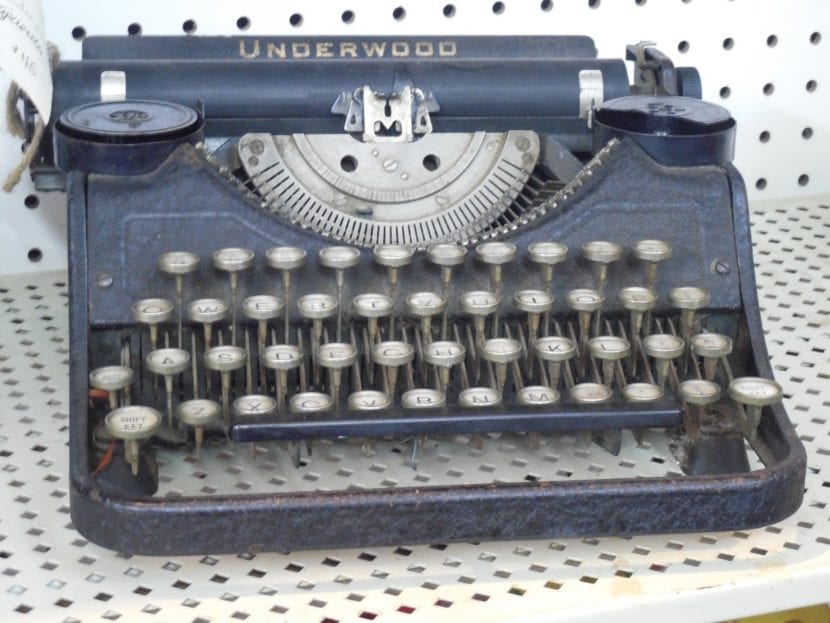
As we said in the post with which we started the present monograph, the majority of manuals on narrative creation summarize what concerns style in a maxim: if you can say it with one word, you don't need to use two.
Thus, clarity and above all naturalness become the basic pillars on which a solvent style is based, which is what all writers claim to have.
When we speak of style, we are mainly referring to the style of the narrator, which is differentiated from the styles of the characters, each of which has its own voice based on its own characteristics as we explained in past posts. These tend to express themselves in a more natural and spontaneous way than the narrator, but their style is not a carbon copy of real language but rather a recreation of it.
Another tip that is often offered in manuals is to try to be consistent and true to style throughout the work. Nobody conceives a narrator, who without any justification is very rhetorical at the beginning of the work, showing off a cultured lexicon and ending it with a plain style and poor in words. The unity of style is presented as a fundamental feature for the work to be credible.

Next we will expose some vices to avoid and some useful tools to get it:
- Avoid repetitions and fillers. It is helpful to have a dictionary of synonyms and antonyms on hand for this.
- Avoid stylistic extremes: neither overly bombastic, nor overly conversational. Reading aloud can help us with this task.
- Avoid excessive subordination and excessively long sentences. Mastering the syntax can be useful when rephrasing a passage.
- Eavoid lexical inaccuracies. To do this, it is essential to consult the dictionary of definitions whenever we deem it appropriate.
- Avoid grammatical mistakes. Having good grammar on hand can be invaluable.
- Finally, we must try to get the rhythm of the prose right and for this, as in poetry, we must take into account, although to a lesser extent, the number of syllables and the position of the accents. Changing a word's position, looking for a synonym with more or fewer syllables or choosing between two options depending on the stress can make the difference of our text with respect to the reader's ears. The latter is a truly instinctive point in which practice and especially the critical study of the style of other works are what can help us the most to advance. Again, reading our passages aloud can be of great help in this regard.